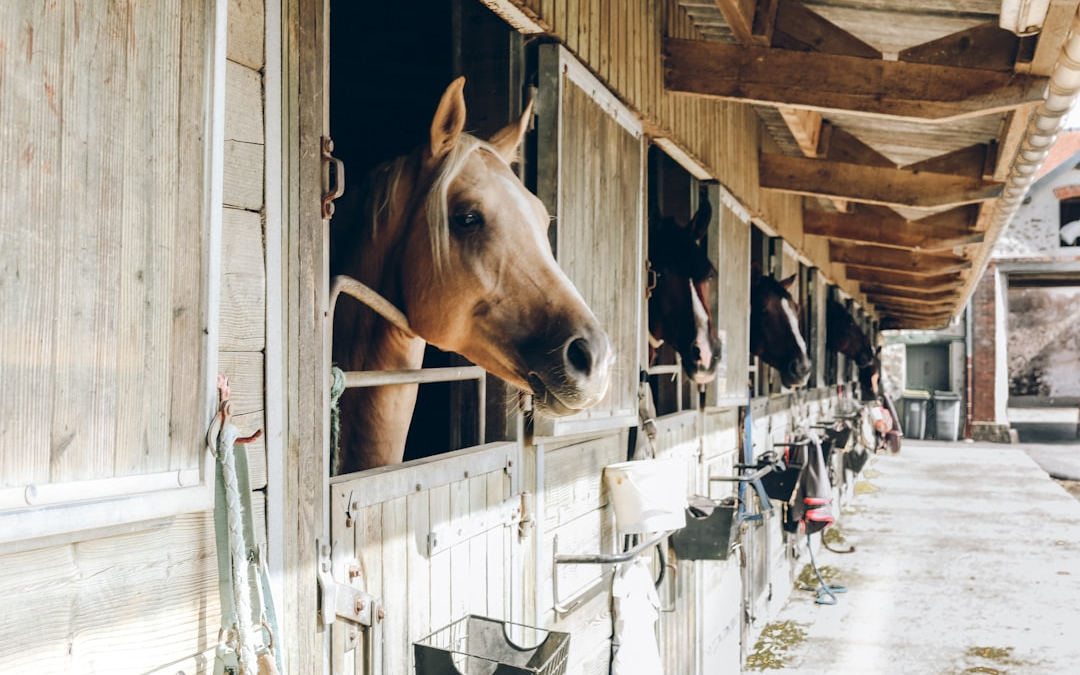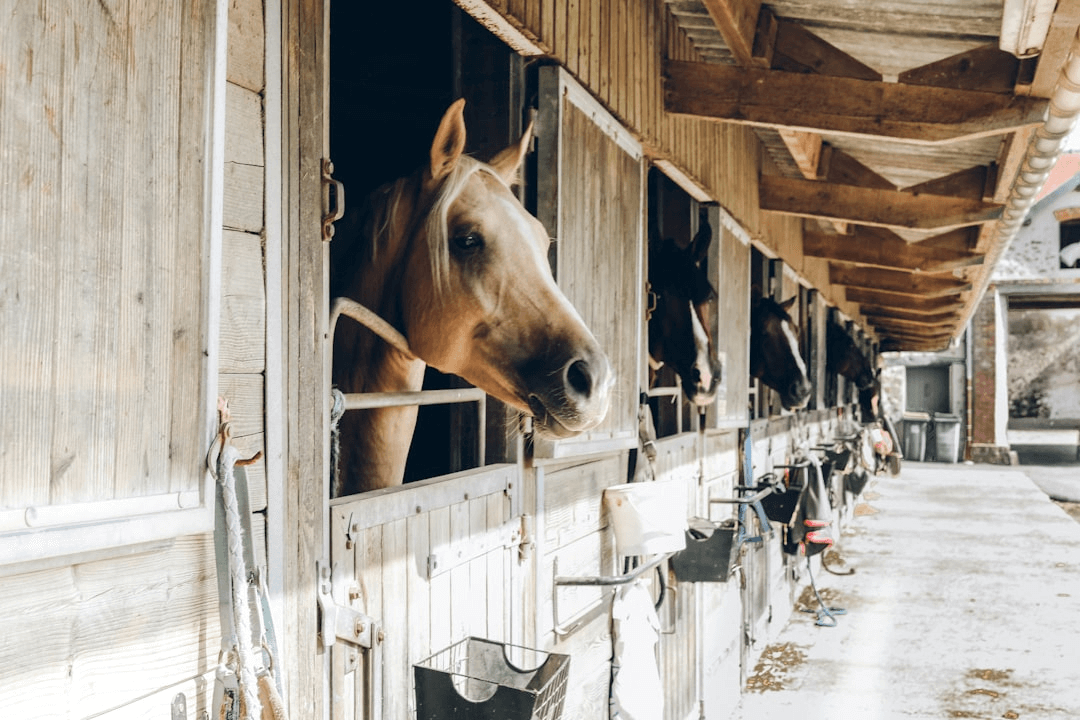
There are 7.25 million horses in America, and like us, they want their little slice of space to call home. If you own one or more of these horses, you are likely considering providing them with a safe, comfortable, and functional home. That’s where the horse barn comes into play.
Whether you’re looking to give an existing barn a much-needed facelift or you’ve finally secured that perfect slice of horse heaven and are ready to build from scratch, having a solid horse barn plan is essential. There’s lots to consider, from choosing the suitable materials and layout to considering costs and add-ons. To get you started, we have some tips that can save you a few headaches.
Define Your Needs and Goals
This step might not sound as thrilling as picking out paint colors, but it’s a crucial part of the process:
- Take stock of your equine squad. How many horses do you have, and what types are they? Are they big draft horses, or are they more petite? Assessing the number and types of horses you need to accommodate will help you determine how many stalls you’ll need and what size they should be.
- Think about what type of shelter options you’ll need for your horses. Is it just a place to keep your horses safe and sound, or do you have grand plans for hosting riding lessons, training sessions, or even horse shows? Ideally, you want to provide a safe environment in both the contained spaces and the pastures. Apart from having the stable barns, a horse run-in shed can serve as a crucial shelter while enabling free roaming in the fields.
- Are there any special requirements or goals you might have? Maybe you’re passionate about sustainable farming practices and want to incorporate eco-friendly features into your barn design. Or perhaps you’re a stickler for organization and need ample storage space for all your grooming supplies and tack. Whatever your priorities may be, now’s the time to jot them down and make sure they’re front and center in your barn-building plans.
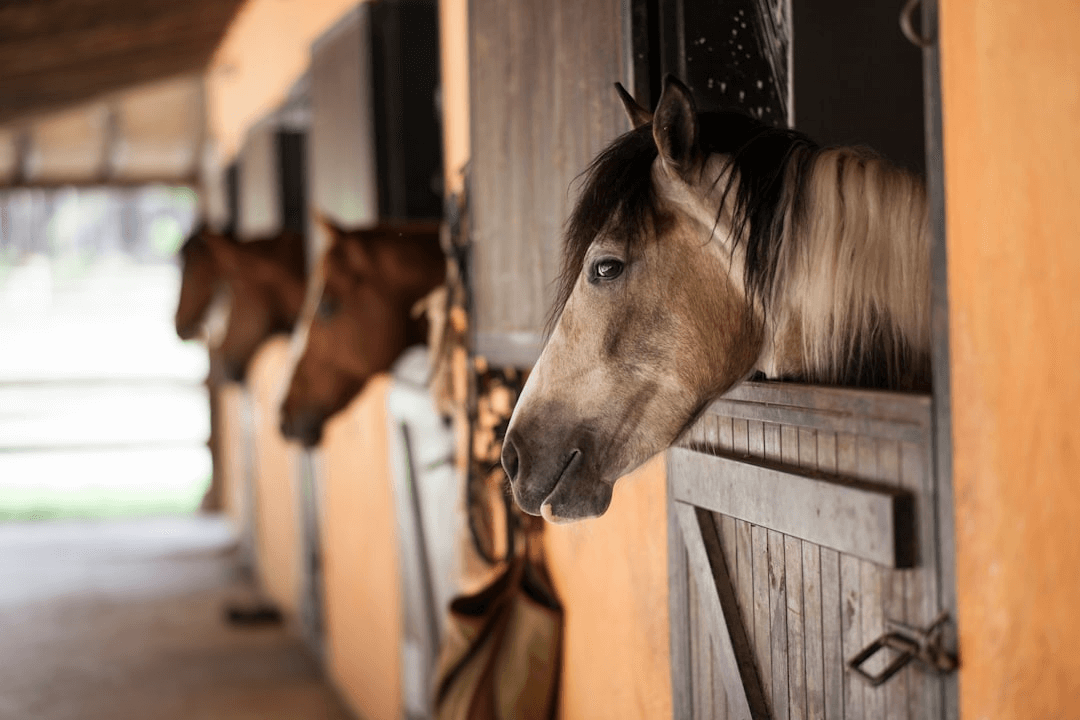
Image credit: engin akyurt
Choosing the right type of materials
If you are going to go more of a DIT route, the type of barn materials you select will impact aesthetic appeal, durability, maintenance requirements, and overall functionality.
Wooden barns, be it fresh stuff or a reclaimed option, have long been popular among horse owners thanks to their timeless charm and versatility. Wood may be the way to go if you’re located in an area with low fire risk and have the skills (or budget to hire someone) to build or customize a barn.
However, it’s essential to note that wood can be cost-effective for smaller structures, but it is often a touch more expensive and requires more maintenance than steel models. Keeping a wooden barn in top condition can be labor-intensive, from sealing to repainting.
On the other hand, if ease of maintenance and durability are top priorities for you, a prefabricated steel barn might be the perfect solution. Made from strong and resilient steel, these barns are reasonably priced and a breeze to maintain – making them an ideal choice for areas with high fire risk. Plus, with minimal upkeep required, you can spend less time hassled by maintenance tasks and more time enjoying your horses.
Of course, it’s essential to consider the pros and cons of each material before picking one. While steel barns may lack the character and warmth of their wooden counterparts, they offer unparalleled strength and longevity. Conversely, wooden barns exude charm and rustic appeal, but they require more effort to keep them looking their best.
Ultimately, the choice between wood and steel will depend on your preferences, budget, and location.
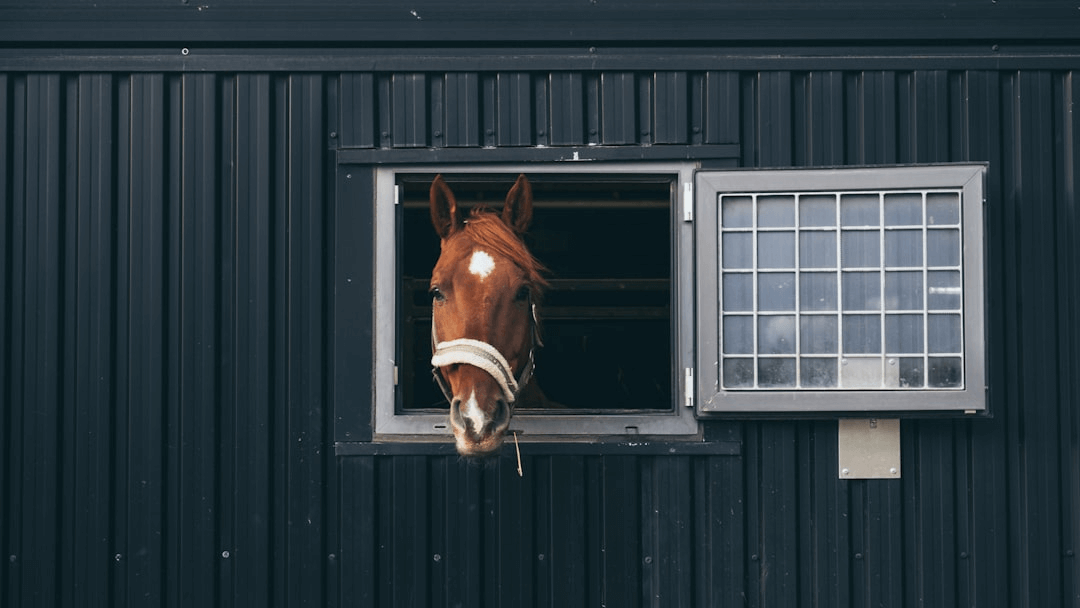
Image credit: Aksel Fristrup
Your horse barn layout and design
Here, you get to let your imagination run wild and envision the perfect space for you and your equine companions. First, consider the number and size of stalls you’ll need. As a general rule of thumb, larger stalls tend to make for happier horses, so save space if you can afford it.
Consider the size and temperament of your horses and any future additions you may have in mind. After all, you want your four-legged friends to feel comfortable and at ease in their new home.
In addition to stalls, think about your storage needs for feed, hay, and other stable supplies. Depending on the size of your operation and the number of horses you have, you may require ample storage space to keep everything organized and easily accessible.
Consider factors such as accessibility, ventilation, and moisture control when planning your storage areas to ensure the longevity of your feed and supplies.
Pro tip: While not essential, a well-designed tack room can be a good idea for keeping your gear organized and in good condition.
Determine the size and layout of your tack room based on the number of riders you have, the amount of equipment you need to store, and any additional features you’d like to include, such as saddle racks, bridle hooks, or grooming stations.
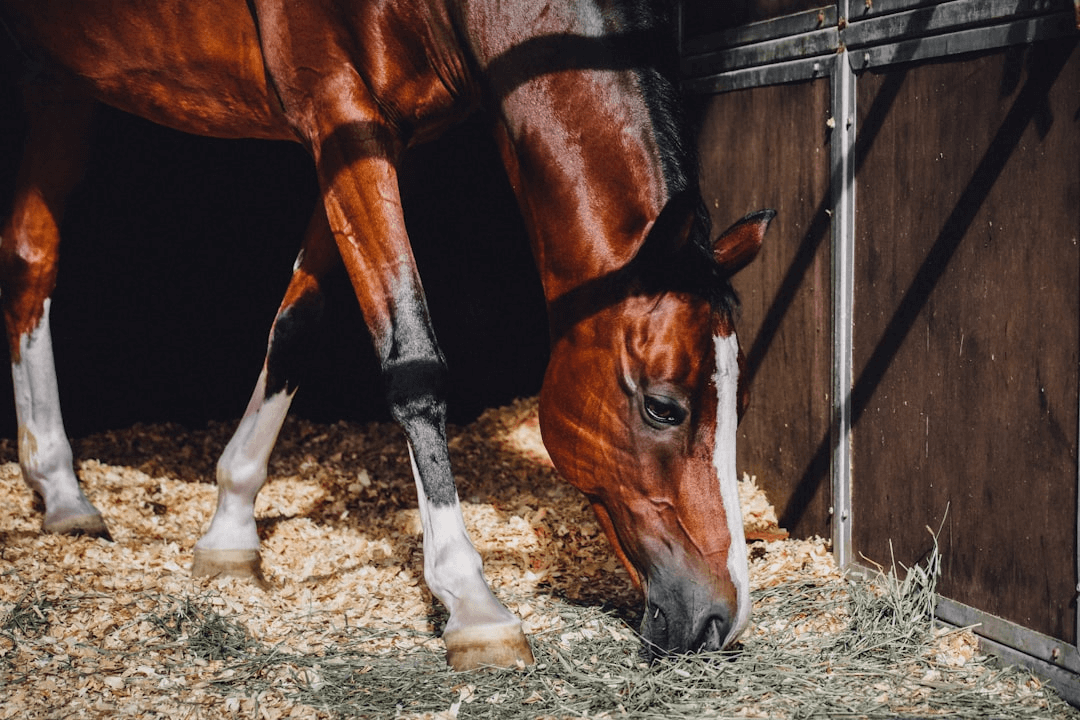
Image credit: Lily Banse
Onto the next project
At HeckHome, we have a passion and love for home improvement, renovation, and decor. Tinkering is in our nature, and if you are just as passionate about home DIY projects as we are, you’ll want to save our site to your regular bookmarks and check in regularly for new doses of inspiration.
Olivia Foster
Related posts
Stay connected
- How LoveOn Chat Is Becoming the Most Versatile AI Companion for Digital UsersThe internet keeps shifting toward hyper-personal interaction, and AI companions are at the center of this shift. What used to be simple chatbots are now evolving into emotionally aware, adaptive, and multi-functional digital partners. Among the new generation of platforms, LoveOn Chat is becoming one... The post How LoveOn Chat Is Becoming the Most Versatile […]

